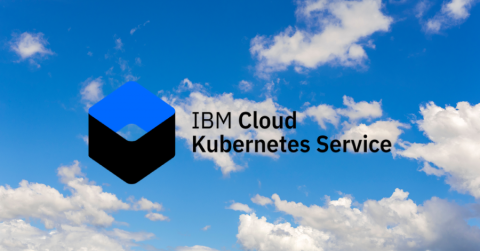IBM's journey to tens of thousands of production Kubernetes clusters
IBM Cloud has made a massive shift to Kubernetes. From an initial plan for a hosted Kubernetes public cloud offering it has snowballed to tens of thousands of production Kubernetes clusters running across more than 60 data centers around the globe, hosting 90% of the PaaS and SaaS services offered by IBM Cloud. I spoke with Dan Berg, IBM Distinguished Engineer, to find out more about their journey, what triggered such a significant shift, and what they learned along the way.





